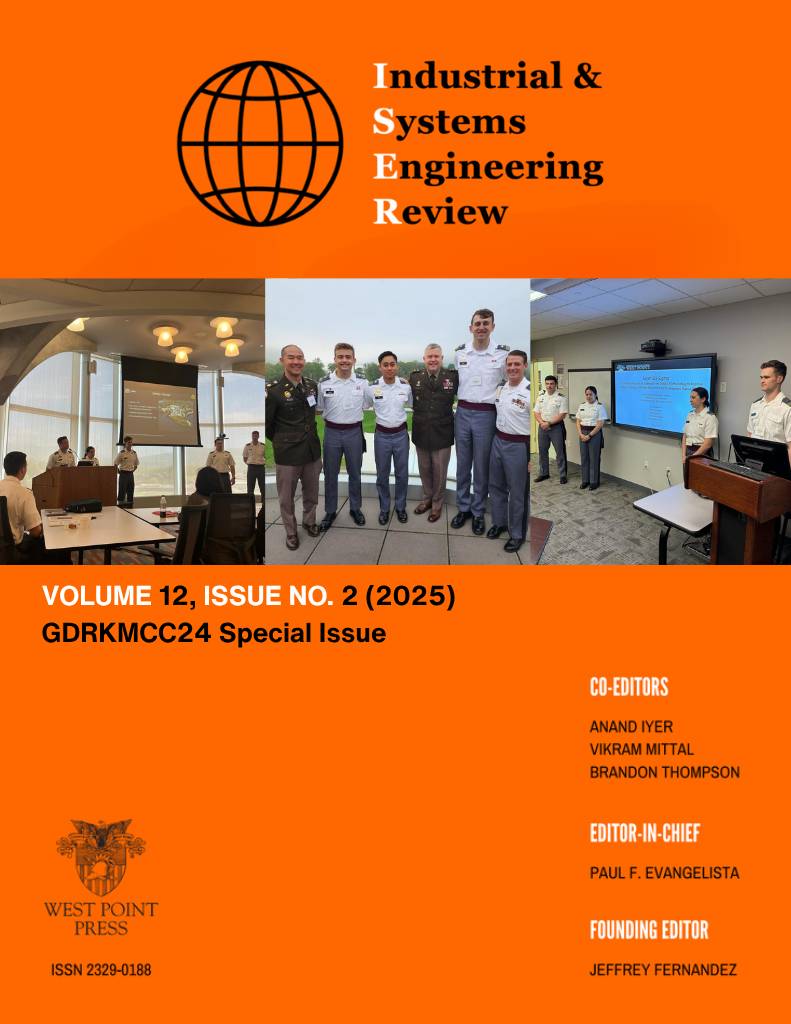References
Anuta, J. (2006, June). Probing the Question: What Makes a Song Catchy? [Review of Probing the Question: What Makes a Song Catchy?]. The Pennsylvania State University. https://www.psu.edu/news/research/story/probing-question-what-makes-song-catchy/
Balenzano, K., Feder, E., & Yuan, D. (2020). A Visual Analysis of Top Spotify Song Data [Review of A Visual Analysis of Top Spotify Song Data]. Carnegie Mellon University. https://www.stat.cmu.edu/capstoneresearch/spring2020/315files/team3.html
Bertin-Mahieux, T., Ellis, D., Whitman, B., and Lamere, P. The Million Song Dataset. In Proceedings of the 12th International Society for Music Information Retrieval Conference (ISMIR 2011), 2011.
Dewan, S., & Ramaprasad, J. (2014). Social Media, Traditional Media, and Music Sales. MIS Quarterly, 38(1), 101–122. https://www.jstor.org/stable/26554870
Grome, Justin. Utilizing Social Media in the Music Industry [Review of Utilizing Social Media in the Music Industry]. Forbes. https://www.forbes.com/sites/forbesbusinesscouncil/2023/09/22/utilizing-social-media-in-the-music-industry/?sh=19344b161ac3
Grömping, U. (2009). Variable Importance Assessment in Regression: Linear Regression versus Random Forest. The American Statistician, 63(4), 308–319. http://www.jstor.org/stable/25652309
Hodge, M. (2023, September 10). The Pitches of Protests: How Music Makes Movements [Review of The Pitches of Protests: How Music Makes Movements]. Harvard Political Review. https://harvardpolitics.com/pitches-of-protest/
Kraemer, D., Macrae, C., Green, A. et al. Sound of silence activates auditory cortex. Nature 434, 158 (2005). https://doi.org/10.1038/434158a
Lulibo. (2022, February). The Core Functions of a Record Label in 2022. Retrieved from Stereo Fox: https://www.stereofox.com/resources/the-core-functions-of-a-record-label-in-2022/#
Milkman, S. (2021, May 11). Slicing Contemporary Music Tastes by Demographics and Consumption. Retrieved from Coleman Insight: https://colemaninsights.com/coleman-insights-blog/slicing-contemporary-music-tastes-by-demographics-and-consumption
Munsalud, J. (2018, December 13). The Impact of Music Videos on Pop Culture. Retrieved from New University.
Pandya, Maharshi. (2022). Spotify Tracks Dataset [Data set]. Kaggle. https://doi.org/10.34740/KAGGLE/DSV/4372070
Rothstein, A. (2021, July 12). What are the Elements of Popular Music? [Review of What are the Elements of Popular Music?]. Institute of Production & Recording: College of Creative Arts. https://www.ipr.edu/blogs/audio-production/what-are-the-elements-of-popular-music/
Street, J. (2003). “Fight the Power”: The Politics of Music and the Music of Politics. Government and Opposition, 38(1), 113–130. http://www.jstor.org/stable/44483019








